Technologies
Earth Day: Do You Know If These Items Can Be Recycled or Not?
How many can you get right?
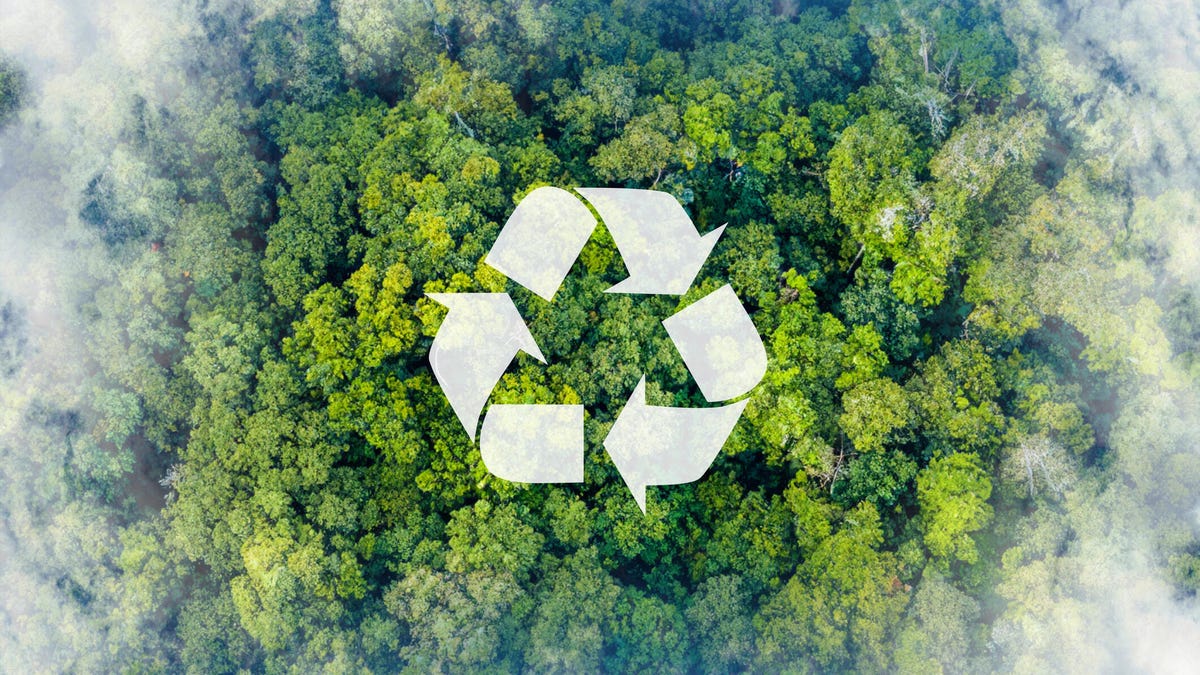
Earth Day was started in 1970 to make people aware of damages to the environment. Since then, companies like Apple have introduced plans to reduce or eliminate their carbon footprint, and some companies, like Microsoft, have introduced product settings to use more renewable energy when it’s available.
There are many ways you can help the environment, too, and one of those ways is by recycling certain items. According to the Environmental Protection Agency, recycling can help conserve natural resources and energy, and the practice can generate over $37 billion in wages. But do you know what items you can and can’t recycle?
Test your recycling knowledge with this list of common household items and whether or not they can be recycled.
Note: Recyclable items may vary by location, so check with your local recycling center or government agency.
Pizza boxes?
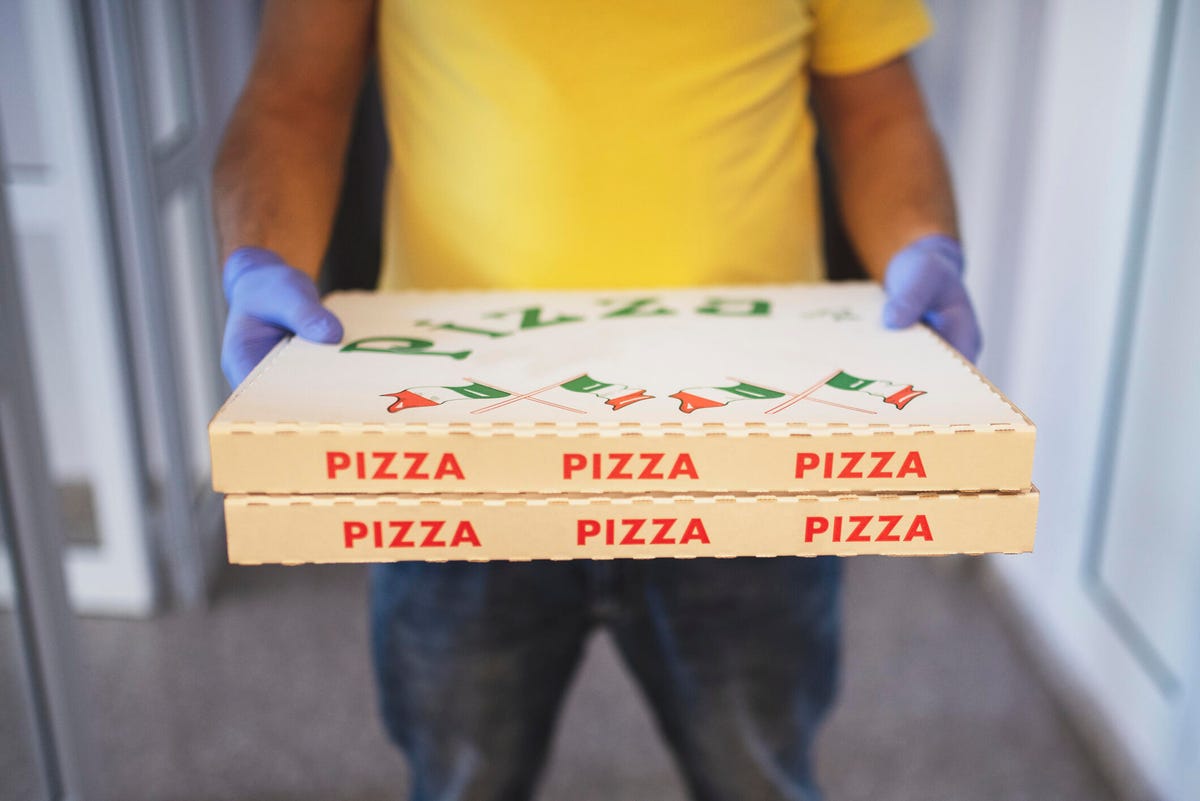
Yes, even if the boxes have grease in them, they can be recycled, according to the EPA. However, you have to get rid of any food scraps, including uneaten crusts, and you have to flatten the boxes.
Hardcover books?

No, hardcover books can’t be recycled. The covers are usually made of different materials, including plastic and leather, which aren’t recyclable. The glue that binds the books together can be hard to separate from the pages as well. Besides, why recycle a book when you can donate it to a school, library or a nonprofit organization? Donating books can help people increase their vocabulary and improve their communications skills. Plus, it’s a guilt-free way of making more room on your bookshelves.
Paperback books?

Yes, you can recycle paperback books, even if they’re beyond repair. Like hardcover books, though, maybe consider donating the books if you want to get rid of them.
Batteries?
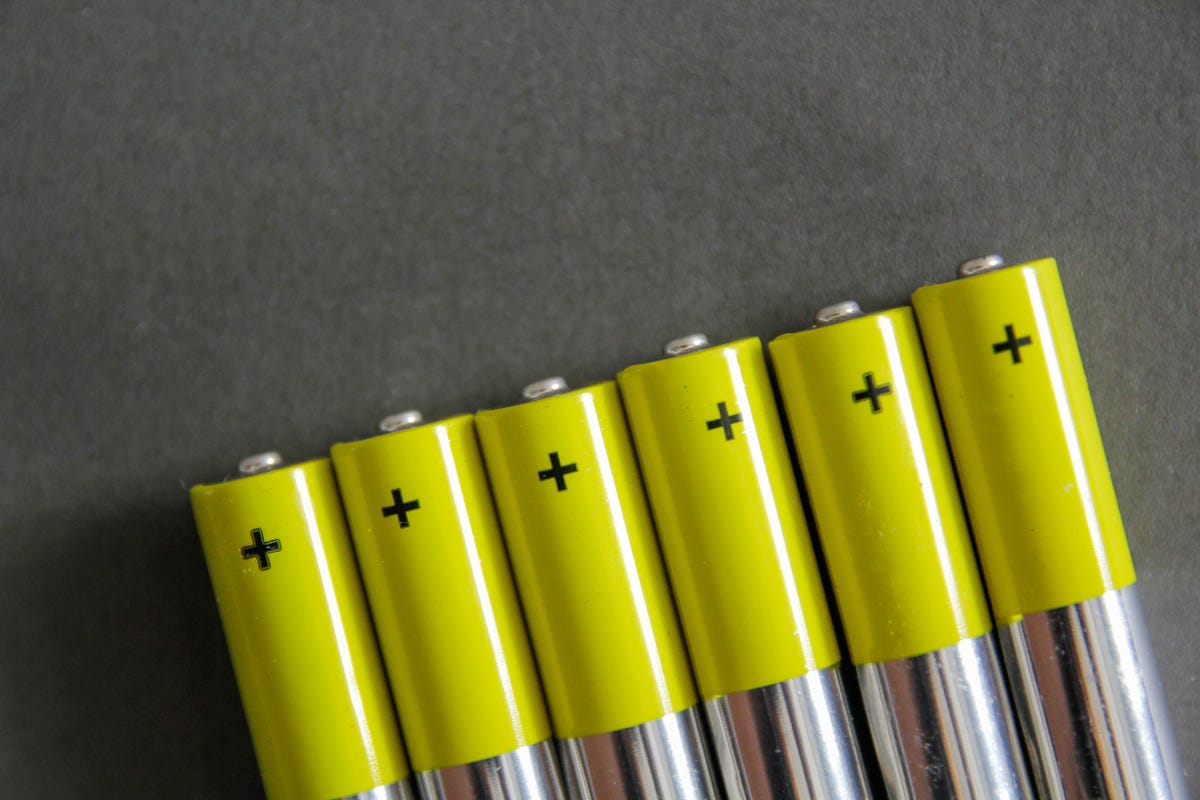
Yes. According to the EPA, lead-acid batteries are one of the most recycled items. This includes car batteries, too. However, batteries require special handling, so they need to be recycled at separate locations and can’t be recycled in your home recycling bin. This tool can help you find a location to recycle your batteries.
Receipts?

No, you can’t recycle receipts. Most receipts are coated with Bisphenol A, a plastic compound more commonly known as BPA. This compound makes the receipts unrecyclable, and it could be bad for your health, according to the Mayo Clinic. The best way to dispose of receipts is in the trash, but you might want to shred the receipt before throwing it away for financial security.
Stickers?

Stickers can be fun, but unfortunately you can’t recycle them. The glue that holds stickers in place can gunk up recycling machinery, and some stickers, like vinyl stickers, can be harmful to the environment.
Carpet?

Yes, carpet can be recycled. Nearly all kinds of carpet can be broken down and used to make new products, and the complex fibers of carpet make it nearly impossible to break down in landfills. However, the infrastructure required to recycle carpet isn’t widely available, and you can’t put carpet in your home recycle bin. The nonprofit Carpet America Recovery Effort is one group working to put the necessary infrastructure in place to recycle carpet everywhere. For now, use this tool to find a location that will recycle your carpet.
Motor oil?
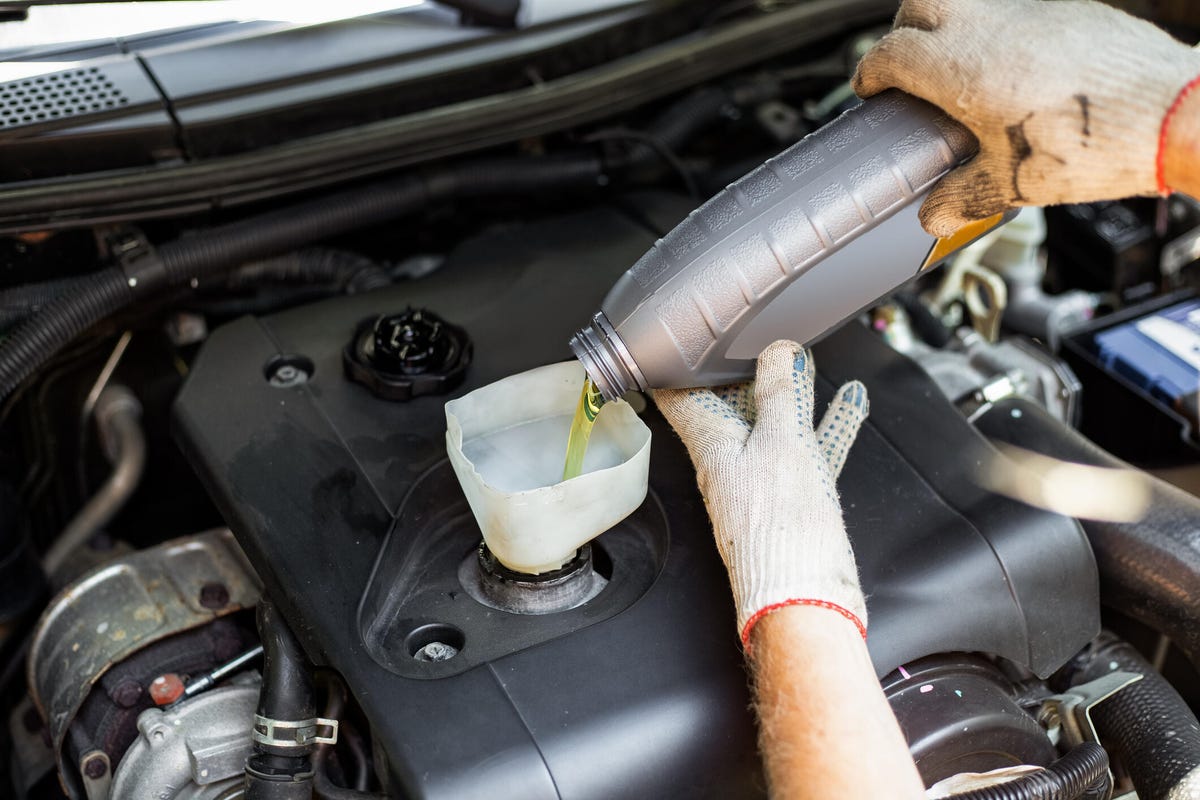
Yes. Many garages and auto shops recycle your old oil when you take your car in for an oil change. If you perform your own oil change, usually these same shops will accept oil for recycling. Like batteries, motor oil should not be put in a household recycle bin. The used material from one oil change is enough to contaminate one million gallons of fresh water, according to the EPA. Use this tool to find a location that will recycle your used motor oil.
Compostable plastics?
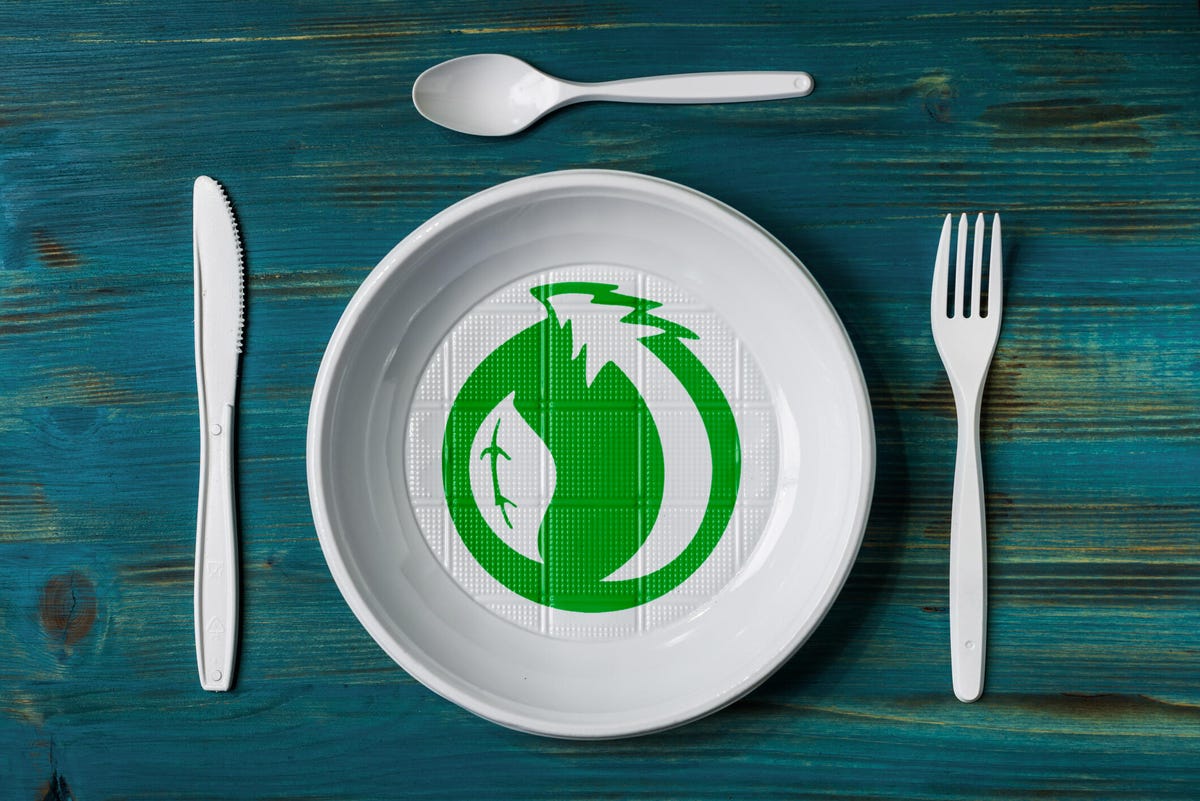
No, even though they’re made from renewable materials, like corn, cellulose and soy protein, compostable plastics can’t be recycled. «Compostable plastics aren’t meant to be recycled and can contaminate and disrupt the recycling stream if mixed with non-compostable plastics,» according to the EPA.
Wrapping paper?

Trick question — yes and no. Shiny and laminated wrapping paper can’t be recycled, but there is recyclable wrapping paper available. The EPA says a good wrapping paper alternative that is recyclable is newspaper. Plus, using newspaper as wrapping paper gives the gift recipient something to read while they wait to open their gift.
Bonus round: Aluminum cans?
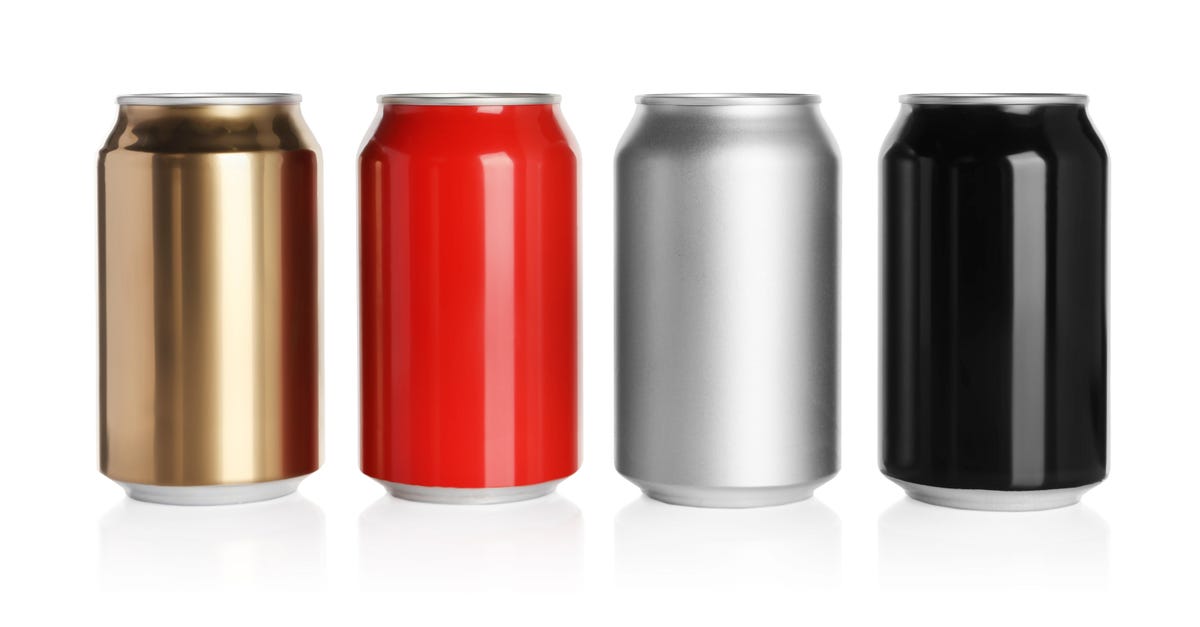
Yes, empty aluminum cans can be recycled, but the cans can’t be crushed. The EPA says crushed cans are harder to detect when being sorted within recycling facilities. All those shows and movies showing people crushing cans to take to the recycling center lied to us.
For more, here’s how to recycle old tech and gadgets for free, how to use Best Buy’s recycle-by-mail program and how plastics recycling misses the point.
Technologies
Today’s NYT Connections Hints, Answers and Help for Dec. 26, #929
Here are some hints and the answers for the NYT Connections puzzle for Dec. 26 #929
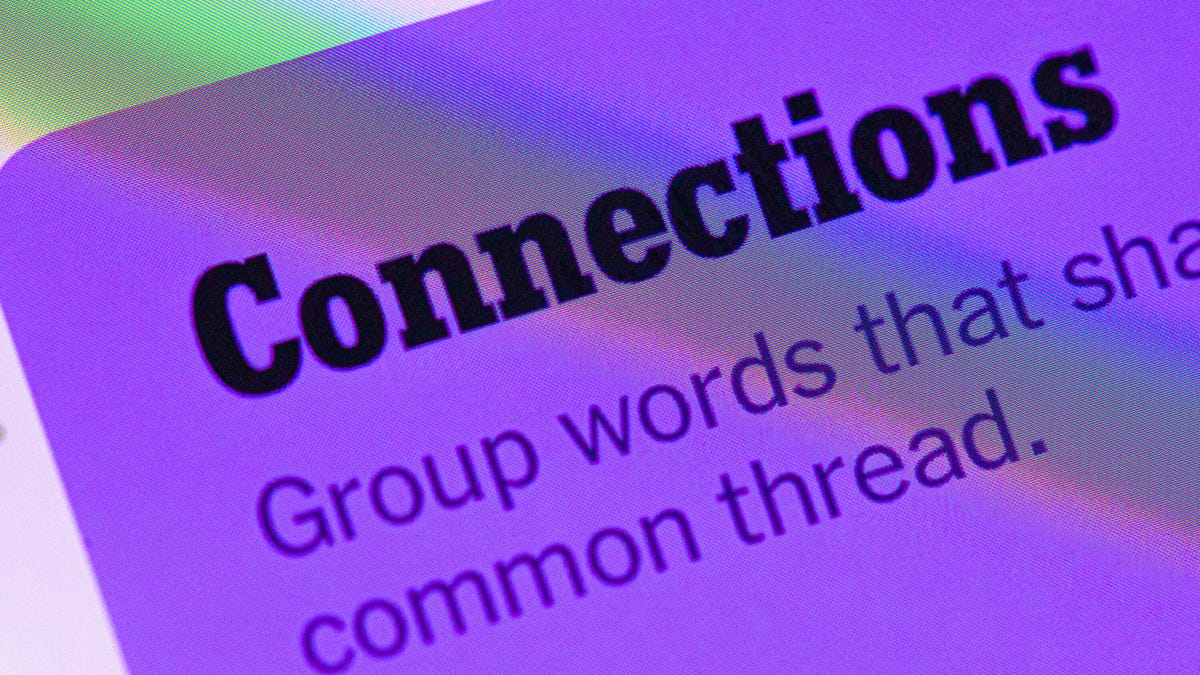
Looking for the most recent Connections answers? Click here for today’s Connections hints, as well as our daily answers and hints for The New York Times Mini Crossword, Wordle, Connections: Sports Edition and Strands puzzles.
Today’s NYT Connections puzzle is full of fun pop-culture references. Read on for clues and today’s Connections answers.
The Times has a Connections Bot, like the one for Wordle. Go there after you play to receive a numeric score and to have the program analyze your answers. Players who are registered with the Times Games section can now nerd out by following their progress, including the number of puzzles completed, win rate, number of times they nabbed a perfect score and their win streak.
Read more: Hints, Tips and Strategies to Help You Win at NYT Connections Every Time
Hints for today’s Connections groups
Here are four hints for the groupings in today’s Connections puzzle, ranked from the easiest yellow group to the tough (and sometimes bizarre) purple group.
Yellow group hint: Golden state cliches.
Green group hint: Funny films.
Blue group hint: Rock on.
Purple group hint: Not white.
Answers for today’s Connections groups
Yellow group: California-based character tropes.
Green group: Comedy subgenres.
Blue group: ’70s rock bands.
Purple group: Black ____.
Read more: Wordle Cheat Sheet: Here Are the Most Popular Letters Used in English Words
What are today’s Connections answers?
The yellow words in today’s Connections
The theme is California-based character tropes. The four answers are movie exec, surfer, tech bro and Valley Girl.
The green words in today’s Connections
The theme is comedy subgenres. The four answers are buddy, cringe, screwball and stoner.
The blue words in today’s Connections
The theme is ’70s rock bands. The four answers are America, Chicago, Foreigner and Journey.
The purple words in today’s Connections
The theme is black ____. The four answers are Forest, Friday, Panther and Widow.
Don’t miss any of our unbiased tech content and lab-based reviews. Add CNET as a preferred Google source.
Technologies
Today’s NYT Strands Hints, Answers and Help for Dec. 26 #663
Here are hints and answers for the NYT Strands puzzle for Dec. 26, No. 663.
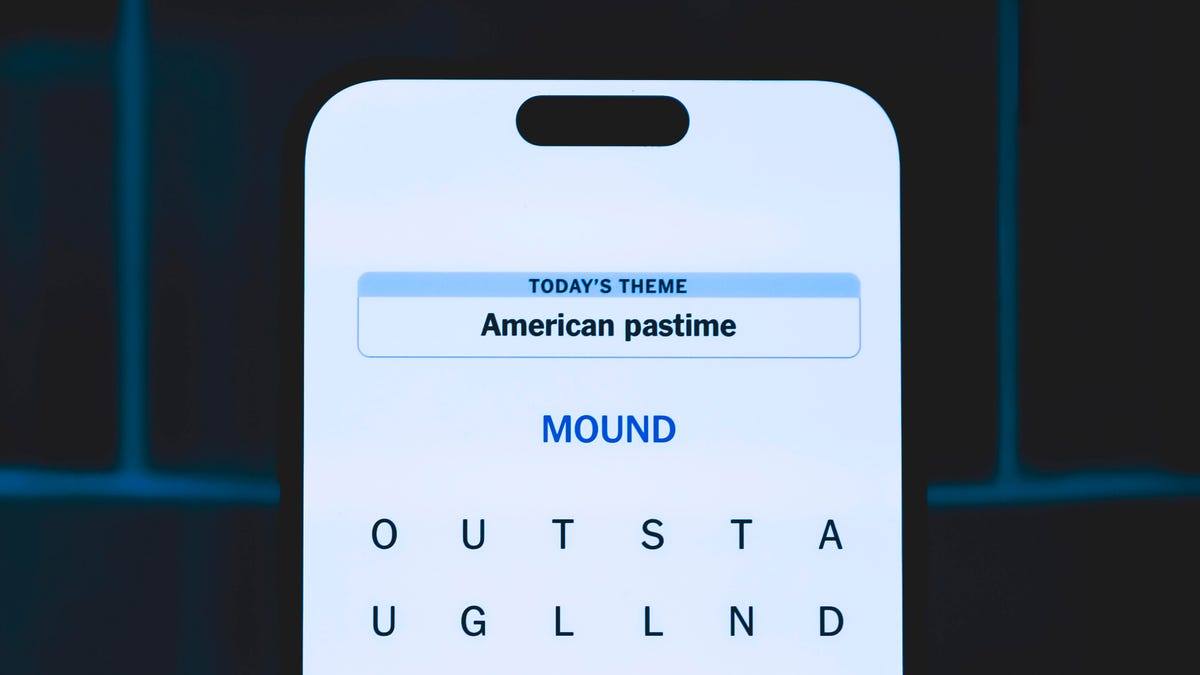
Looking for the most recent Strands answer? Click here for our daily Strands hints, as well as our daily answers and hints for The New York Times Mini Crossword, Wordle, Connections and Connections: Sports Edition puzzles.
Today’s NYT Strands puzzle is a fun one, but you might struggle at first to see a connection between the words. If you need hints and answers, read on.
I go into depth about the rules for Strands in this story.
If you’re looking for today’s Wordle, Connections and Mini Crossword answers, you can visit CNET’s NYT puzzle hints page.
Read more: NYT Connections Turns 1: These Are the 5 Toughest Puzzles So Far
Hint for today’s Strands puzzle
Today’s Strands theme is: Please hold.
If that doesn’t help you, here’s a clue: Cats love these more than they love expensive toys.
Clue words to unlock in-game hints
Your goal is to find hidden words that fit the puzzle’s theme. If you’re stuck, find any words you can. Every time you find three words of four letters or more, Strands will reveal one of the theme words. These are the words I used to get those hints, but any words of four or more letters that you find will work:
- BOXING, CHEAT, HEAT, SMOCK, MOCK, LATE, TEAM, MEAT, TEAMS, LOOT, TOLE, BALL, BALE, KALE, TALL
Answers for today’s Strands puzzle
These are the answers that tie into the theme. The goal of the puzzle is to find them all, including the spangram, a theme word that reaches from one side of the puzzle to the other. When you have all of them (I originally thought there were always eight but learned that the number can vary), every letter on the board will be used. Here are the nonspangram answers:
- GIFT, SHOE, TOOL, LUNCH, MATCH, PIZZA, BALLOT, TACKLE (All are words that can be placed in front of «box.»)
Today’s Strands spangram
Today’s Strands spangram is BOXINGDAY. To find it, start with the B that’s four letters down on the far-left row, and wind across and then down.
Don’t miss any of our unbiased tech content and lab-based reviews. Add CNET as a preferred Google source.
Technologies
Today’s Wordle Hints, Answer and Help for Dec. 25, #1650
Here are hints and the answer for today’s Wordle for Dec. 25, No. 1,650.

Looking for the most recent Wordle answer? Click here for today’s Wordle hints, as well as our daily answers and hints for The New York Times Mini Crossword, Connections, Connections: Sports Edition and Strands puzzles.
Today’s Wordle puzzle has some tough-to-guess letters. If you need a new starter word, check out our list of which letters show up the most in English words. If you need hints and the answer, read on.
Read more: New Study Reveals Wordle’s Top 10 Toughest Words of 2025
Today’s Wordle hints
Before we show you today’s Wordle answer, we’ll give you some hints. If you don’t want a spoiler, look away now.
Wordle hint No. 1: Repeats
Today’s Wordle answer has no repeated letters.
Wordle hint No. 2: Vowels
Today’s Wordle answer has one vowel.
Wordle hint No. 3: First letter
Today’s Wordle answer begins with P.
Wordle hint No. 4: Last letter
Today’s Wordle answer ends with M.
Wordle hint No. 5: Meaning
Today’s Wordle answer can refer to a geometric figure.
TODAY’S WORDLE ANSWER
Today’s Wordle answer is PRISM.
Yesterday’s Wordle answer
Yesterday’s Wordle answer, Dec. 24, No. 1649, was SPOOL.
Recent Wordle answers
Dec. 20, No. 1645: WHITE
Dec. 21, No. 1646: QUILT
Dec. 22, No. 1647: CONCH
Dec. 23, No. 1648: GLINT
Don’t miss any of our unbiased tech content and lab-based reviews. Add CNET as a preferred Google source.
What’s the best Wordle starting word?
Don’t be afraid to use our tip sheet ranking all the letters in the alphabet by frequency of uses. In short, you want starter words that lean heavy on E, A and R, and don’t contain Z, J and Q.
Some solid starter words to try:
ADIEU
TRAIN
CLOSE
STARE
NOISE
-

 Technologies3 года ago
Technologies3 года agoTech Companies Need to Be Held Accountable for Security, Experts Say
-

 Technologies3 года ago
Technologies3 года agoBest Handheld Game Console in 2023
-

 Technologies3 года ago
Technologies3 года agoTighten Up Your VR Game With the Best Head Straps for Quest 2
-

 Technologies4 года ago
Technologies4 года agoBlack Friday 2021: The best deals on TVs, headphones, kitchenware, and more
-

 Technologies4 года ago
Technologies4 года agoVerum, Wickr and Threema: next generation secured messengers
-

 Technologies4 года ago
Technologies4 года agoGoogle to require vaccinations as Silicon Valley rethinks return-to-office policies
-

 Technologies4 года ago
Technologies4 года agoOlivia Harlan Dekker for Verum Messenger
-

 Technologies4 года ago
Technologies4 года agoiPhone 13 event: How to watch Apple’s big announcement tomorrow
